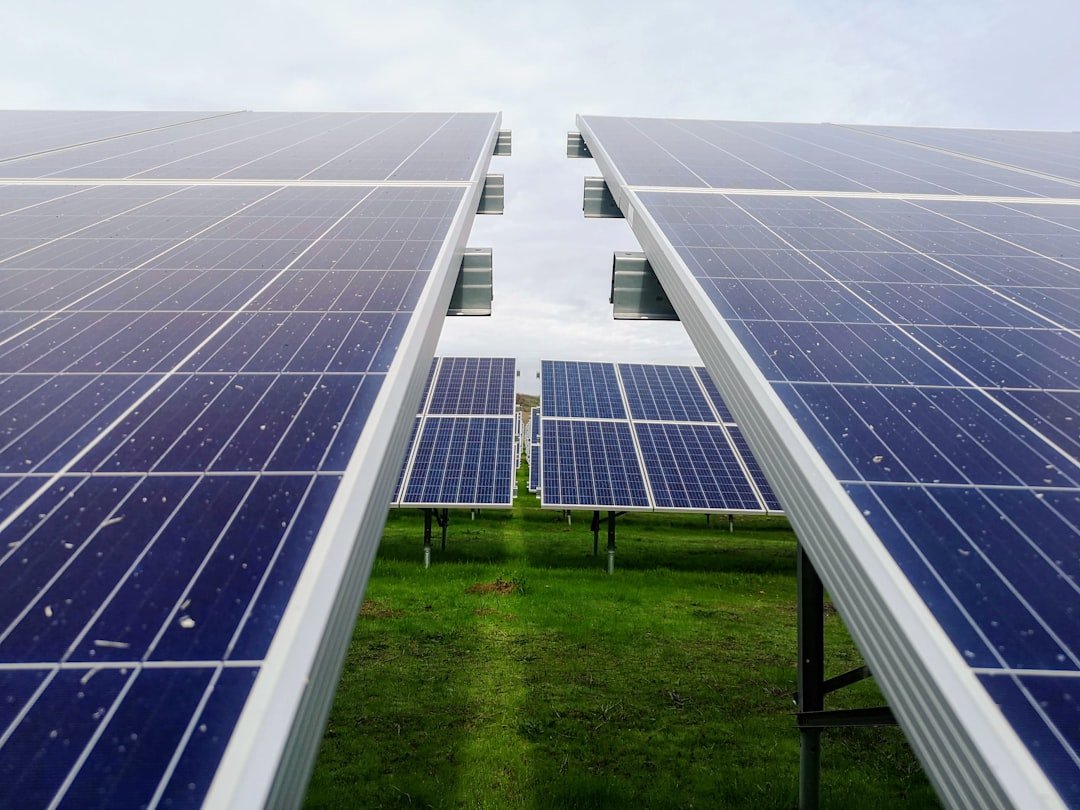With its effects on ecosystems, economies, and communities worldwide, climate change is one of the most urgent issues of our day. It describes notable changes in temperature, precipitation trends, and other atmospheric parameters over protracted periods of time. Although climate change is a natural occurrence that has happened throughout Earth’s history, human activity is primarily responsible for the current phase. These changes have been accelerated by the sharp rise in greenhouse gas emissions since the Industrial Revolution, which has resulted in a number of environmental problems such as biodiversity loss, extreme weather, and rising sea levels.
Key Takeaways
- Climate change is a pressing issue that is impacting the planet in various ways.
- Greenhouse gases, such as carbon dioxide and methane, are major contributors to climate change.
- Deforestation and changes in land use have significant impacts on the environment and contribute to climate change.
- Industrialization and the consumption of fossil fuels are major drivers of climate change.
- Agricultural practices, including methane emissions from livestock, play a significant role in contributing to climate change.
Climate change has wide-ranging and significant effects. For example, if global temperatures increase by more than 1 to 5 degrees Celsius over pre-industrial levels, the consequences could be disastrous, according to the Intergovernmental Panel on Climate Change (IPCC). This includes more frequent and severe floods, droughts, and heatwaves that endanger the water supply and food security. Therefore, comprehending the complex causes of climate change is essential to creating practical plans to lessen its effects and prepare for its unavoidable repercussions. Because greenhouse gases (GHGs) trap heat in the Earth’s atmosphere and produce the “greenhouse effect,” they are essential to understanding climate change. Nitrous oxide (N2O), carbon dioxide (CO2), methane (CH4), and fluorinated gases are the main greenhouse gases.
The most common of these is carbon dioxide, which is mostly released when fossil fuels are burned for energy & transportation. Methane is a crucial target for climate action because, despite its lower abundance, it traps heat much more effectively than CO2—more than 25 times more potent over a 100-year period. It is concerning how these gases affect global temperatures.
Human activities like industrial processes and deforestation are mostly to blame for the more than 40% increase in CO2 concentration in the atmosphere since the late 19th century. Global temperature increases that have been observed are closely correlated with this rise in GHG levels. The effects are clear: ecosystems are being disturbed, sea levels are rising, and glaciers are melting. High sea temperatures, for instance, are causing widespread bleaching events on coral reefs, which are extremely sensitive to temperature changes. This is endangering marine biodiversity as well as the livelihoods of communities that rely on tourism and fishing. Deforestation contributes roughly 10% of the world’s greenhouse gas emissions, making it a major contributor to climate change.
| Causes of Climate Change | Impact |
|---|---|
| Greenhouse gas emissions | Rising global temperatures, extreme weather events |
| Deforestation | Loss of carbon sinks, habitat destruction |
| Industrial activities | Air and water pollution, resource depletion |
| Agricultural practices | Methane emissions, soil degradation |
In addition to releasing stored carbon dioxide, the destruction of forests for logging, urbanization, & agriculture also reduces the planet’s ability to absorb CO2 from the atmosphere. The destruction of forests upsets this equilibrium and exacerbates climate change because forests are essential carbon sinks. Land use change affects more than just carbon emissions. Deforestation contributes to the decline in biodiversity by causing the loss of habitat for innumerable species. For example, illegal logging & agricultural expansion are causing the Amazon rainforest, sometimes known as the “lungs of the Earth,” to deforest at previously unheard-of rates. This impacts indigenous communities that depend on these ecosystems for their livelihoods in addition to endangering rare wildlife.
Also, changes in land use can affect local climates. For instance, deforestation may result in less rainfall in nearby regions, which would further affect water resources and agriculture. Rapid industrialization and an unquenchable demand for energy were hallmarks of the Industrial Revolution, which signaled a sea change in human history.
Agrarian economies drastically changed during this time to become industrial superpowers dependent on fossil fuels like coal, oil, & natural gas. One of the main causes of greenhouse gas emissions has been the burning of these fuels for manufacturing, transportation, and electricity generation. This dependence on fossil fuels has serious repercussions. In 2021, burning fossil fuels was responsible for about 86% of the world’s CO2 emissions, according to the Global Carbon Project.
The ensuing air pollution puts people’s health at serious risk globally in addition to accelerating climate change. Cities that use a lot of fossil fuels, for example, frequently have smog and respiratory problems among their citizens. Making the switch to renewable energy sources, like solar, wind, & hydroelectric power, is crucial for cutting emissions, lessening the effects of climate change, and improving public health. Agriculture contributes significantly to greenhouse gas emissions and is also susceptible to the consequences of climate change. Particularly worrisome are methane emissions from agricultural activities. Enteric fermentation, a digestive process in ruminants that results in methane as a byproduct, is largely to blame for methane emissions from livestock production.
In flooded fields, rice paddies also release methane during anaerobic decomposition. These emissions are having a significant impact. Because of methane’s strength as a greenhouse gas, even modest increases can have a big impact on global warming. Also, emissions of nitrous oxide, another powerful greenhouse gas, are caused by agricultural practices like overuse of fertilizer.
Crop rotation, better livestock management, & less fertilizer use are examples of sustainable agricultural techniques that can help reduce these emissions while maintaining food security for the world’s expanding population. According to the IPC, transportation accounts for almost 14% of global emissions. Over the past century, there has been a notable increase in CO2 emissions due to the use of fossil fuel-powered vehicles, such as cars, trucks, ships, & airplanes. Transportation-related pollution is especially prevalent in urban areas, where it not only exacerbates climate change but also poses major health risks due to poor air quality. One of the main global sources of greenhouse gas emissions is still energy production. One of the most carbon-intensive energy production processes is the burning of coal to generate electricity.
Renewable energy sources, like solar & wind, on the other hand, provide greener substitutes that can drastically cut emissions. In terms of switching to renewable energy, nations like Denmark have made impressive progress; as of 2020, wind power supplied more than 47% of Denmark’s total electricity consumption. Examples like these show how sustainable energy solutions can both contribute to economic growth & fight climate change. Although current trends in climate change are mostly caused by human activity, the Earth’s climate system is also shaped by natural factors. These variables include natural fluctuations in greenhouse gases, variations in solar radiation, and volcanic eruptions.
For example, massive emissions of sulfur dioxide and ash from volcanic eruptions can temporarily cool the planet by increasing the reflectivity of sunlight. On the other hand, these natural factors function over far longer timescales than changes brought about by humans. The Earth has warmed by about 1 degree Celsius since the late 19th century, mostly as a result of human activity, according to scientists, which is an unprecedented rate of warming in geological history. Accurately projecting future climate scenarios and creating successful mitigation plans require an understanding of how human influence & natural variability interact. It is imperative that people, communities, governments, and corporations all take immediate action to combat climate change.
Because of the interdependence of the different elements causing climate change, comprehensive solutions that address land use policies, transportation networks, energy production, and agricultural practices are required. People can make a difference by changing their lifestyles to include things like taking public transit, buying energy-efficient appliances, and encouraging sustainable farming methods. On a broader scale, governments need to enact laws that encourage the growth of renewable energy sources and enforce policies that lower emissions from transportation and industrial processes. In addition to being a necessity for the environment, combating climate change together offers a chance for economic expansion & innovation through the creation of sustainable practices & green technologies. We can strive toward a more sustainable future that safeguards our planet for future generations if we act decisively today.



